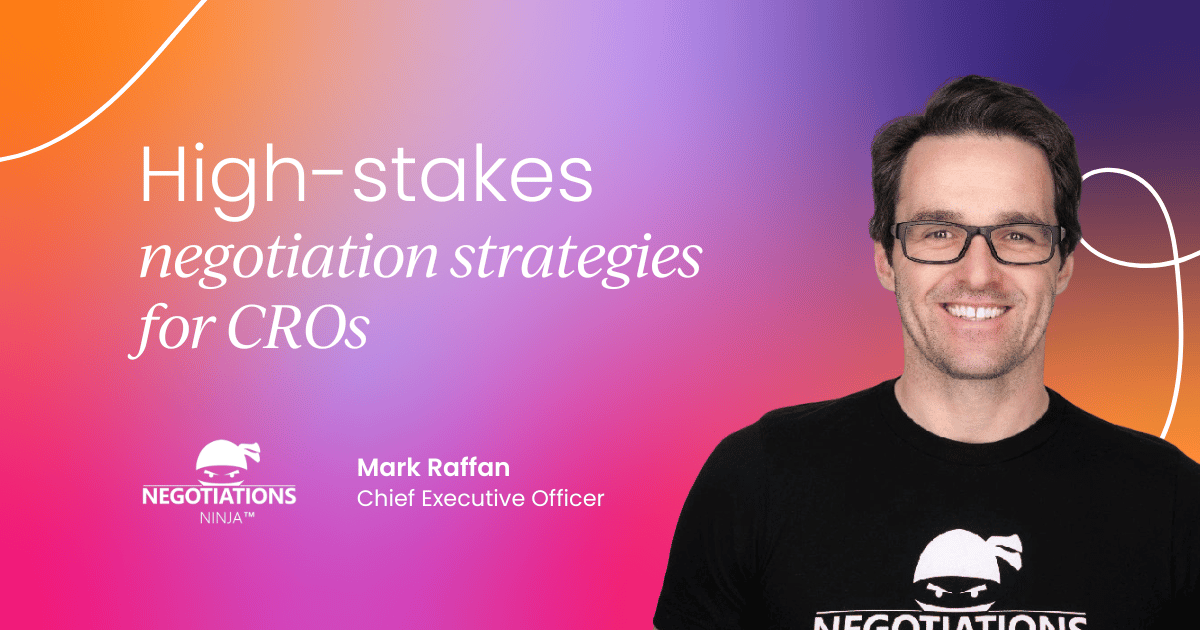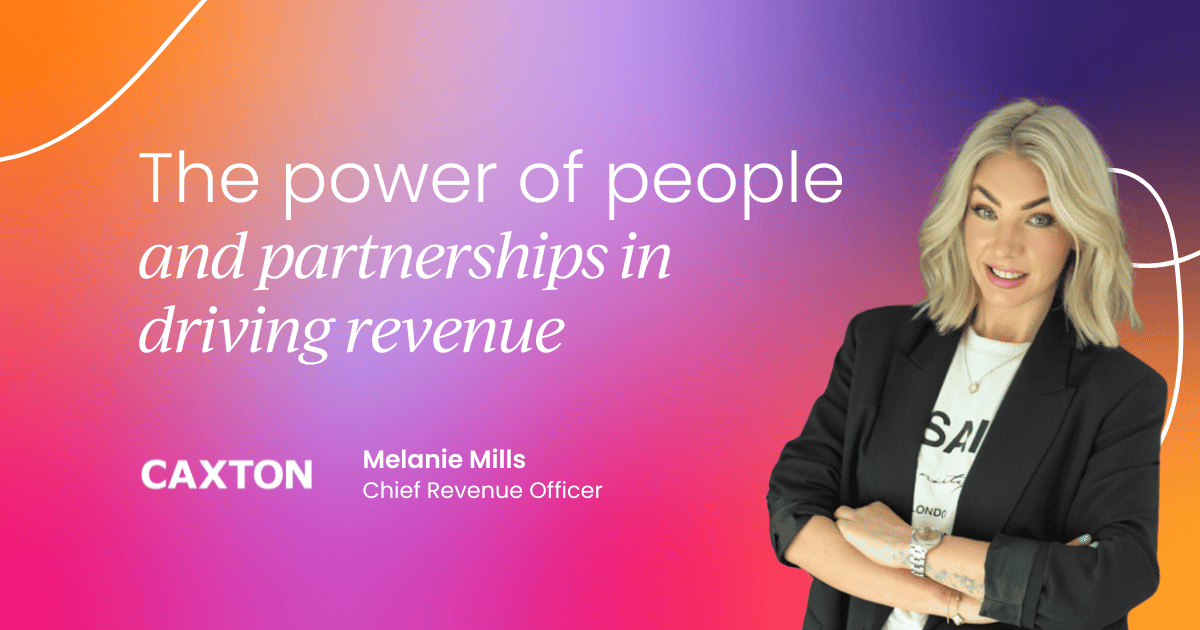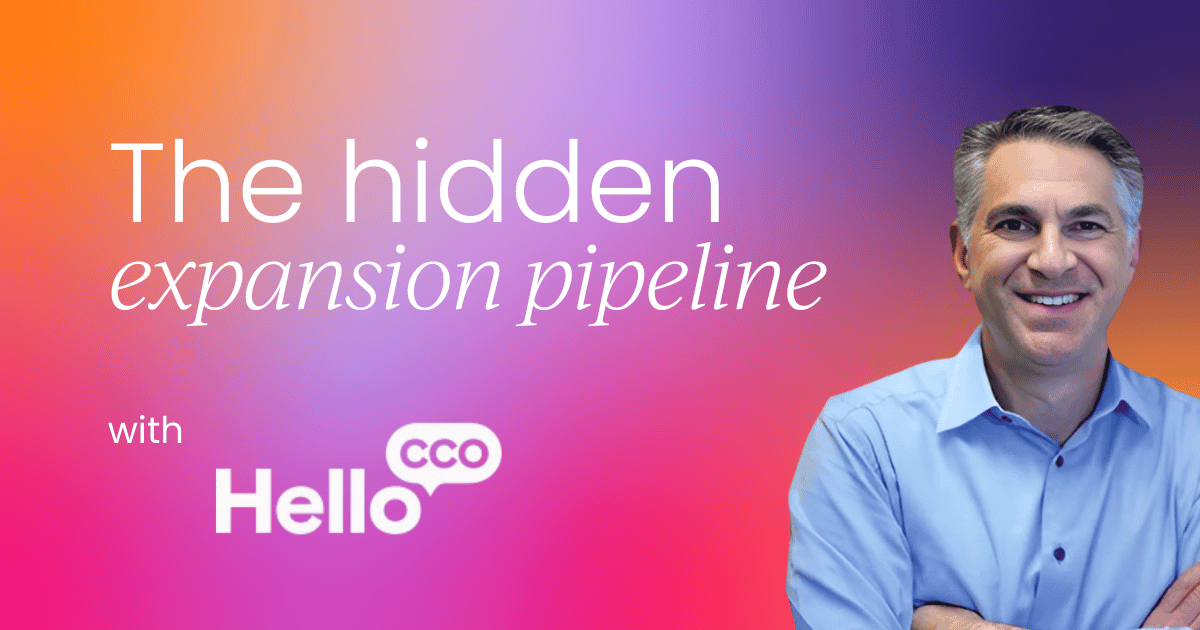What if your most predictable and profitable source of growth isn’t in your top-of-funnel pipeline, but hidden within your existing customer base?
Most revenue leaders know intuitively that expansion is a massive opportunity. Yet, there’s a hesitation to fully commit – a reluctance that reminds me of a story from last year.
I was with my daughter on a visit to the University of Wisconsin. It was freezing and snowy, but she loved it, and for the first time on any of our college visits, she felt comfortable enough to buy a university sweatshirt. But she still couldn't bring herself to rip the tag off when she got home. That simple act represented a final, permanent decision – a full commitment.
I'm sharing this because, after working with dozens of revenue leaders, I see the same thing happening in our industry. Many of you are responsible for expansion, yet you still spend 90% of your time and focus on new sales and your early pipeline. You’re holding the sweatshirt, but you haven't ripped the tag off.
This article is my call for you to make that commitment. I'm going to share a structured, repeatable methodology to help you and your teams turn that hidden potential into your most forecastable source of growth.
The predictability gap: Why your expansion efforts feel so inconsistent
Let’s be honest. The pressure on you as a revenue leader is immense. Bringing in new customers is getting increasingly expensive and challenging, and maybe your pipeline coverage is shrinking.
When I look at board presentations, I see 30 pages detailing every aspect of the marketing and sales pipeline, and then maybe two pages tacked on at the end about retention and expansion.
We all know that an existing customer is the "easiest sale". You already have the relationship, and the contracts are in place – so why does this motion feel so chaotic? It comes down to three core inconsistencies I see everywhere:
- Lack of a process: We tell our CS and AM teams to "go find expansion opportunities" or "add more value," but we rarely give them a shared playbook on how to do it. This leads to an inconsistent, reactive approach where growth happens by chance, not by design.
- Lack of training and enablement: Your post-sale teams are already having near-daily, weekly, or monthly interactions with customers. But they haven't been trained to be intentional about what they're listening for. There are consistent signals that predict growth, but your teams aren't equipped to identify them proactively.
- Lack of predictability: When you don’t have a process or a playbook, expansion can’t be something you forecast. It becomes a hopeful outcome rather than a strategic, predictable revenue stream that you can build your business on.
Now, ask yourself this: Do you use a formal sales framework for your new business teams? Something like MEDDIC, Challenger, or another structured methodology? I’m betting you do. But, do you have an equivalent, repeatable framework for expansion? Probably not.
This isn’t just an observation; it’s backed by data. This is the predictability gap, and it's costing you millions in hidden revenue.

Introducing the REACH methodology: A common language for customer growth
Your post-sale teams are asking for a methodology of their own. They see that sales have MEDDIC and Challenger, but there’s nothing for them. That’s why I developed the REACH methodology.
It’s a purpose-built framework designed specifically to help customer success, account management, and even AEs drive more critical expansion in their organizations.
REACH isn’t about replacing your sales methodology; it complements it. While your sales framework is optimized for the pre-sales journey of new logo acquisition, REACH provides the structure for the post-sale world, focusing on adding value and building relationships to make future growth more likely.
Here’s what it provides:
✅ A shared language so your post-sale and sales teams can speak consistently about expansion potential.
✅ A structured process that gives your managers and teams a repeatable way to get similar outputs from their inputs.
✅ A system that fits into your existing workflows and tools. You’re not doing anything new; you’re just listening with a different ear during the conversations, emails, and business reviews you’re already having.
REACH is an acronym for the five factors that predict whether a customer has a propensity to grow.



 7 min read
7 min read
 Follow us on LinkedIn
Follow us on LinkedIn





